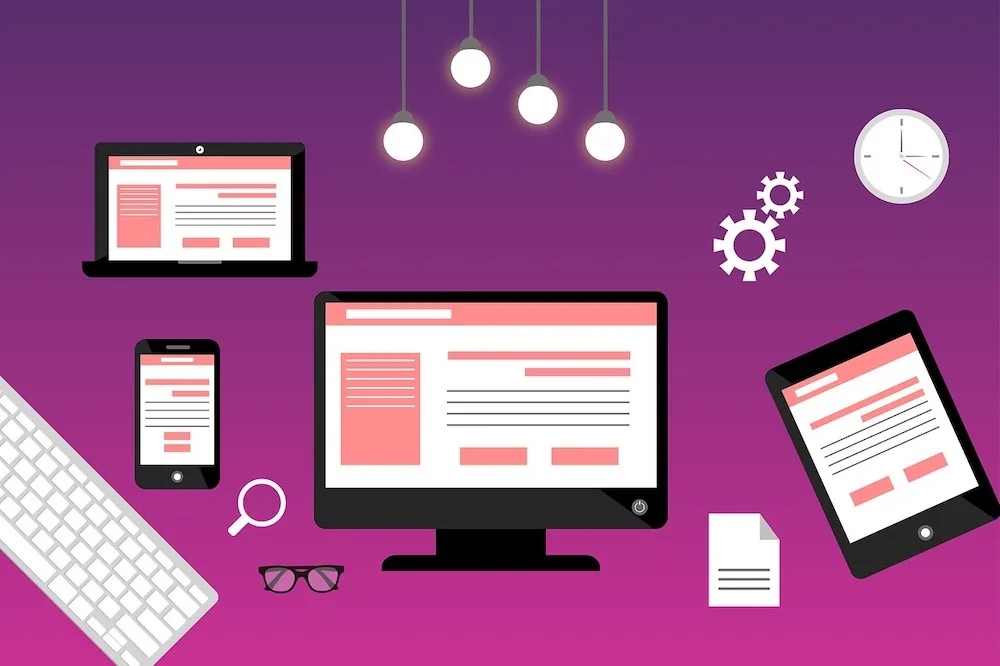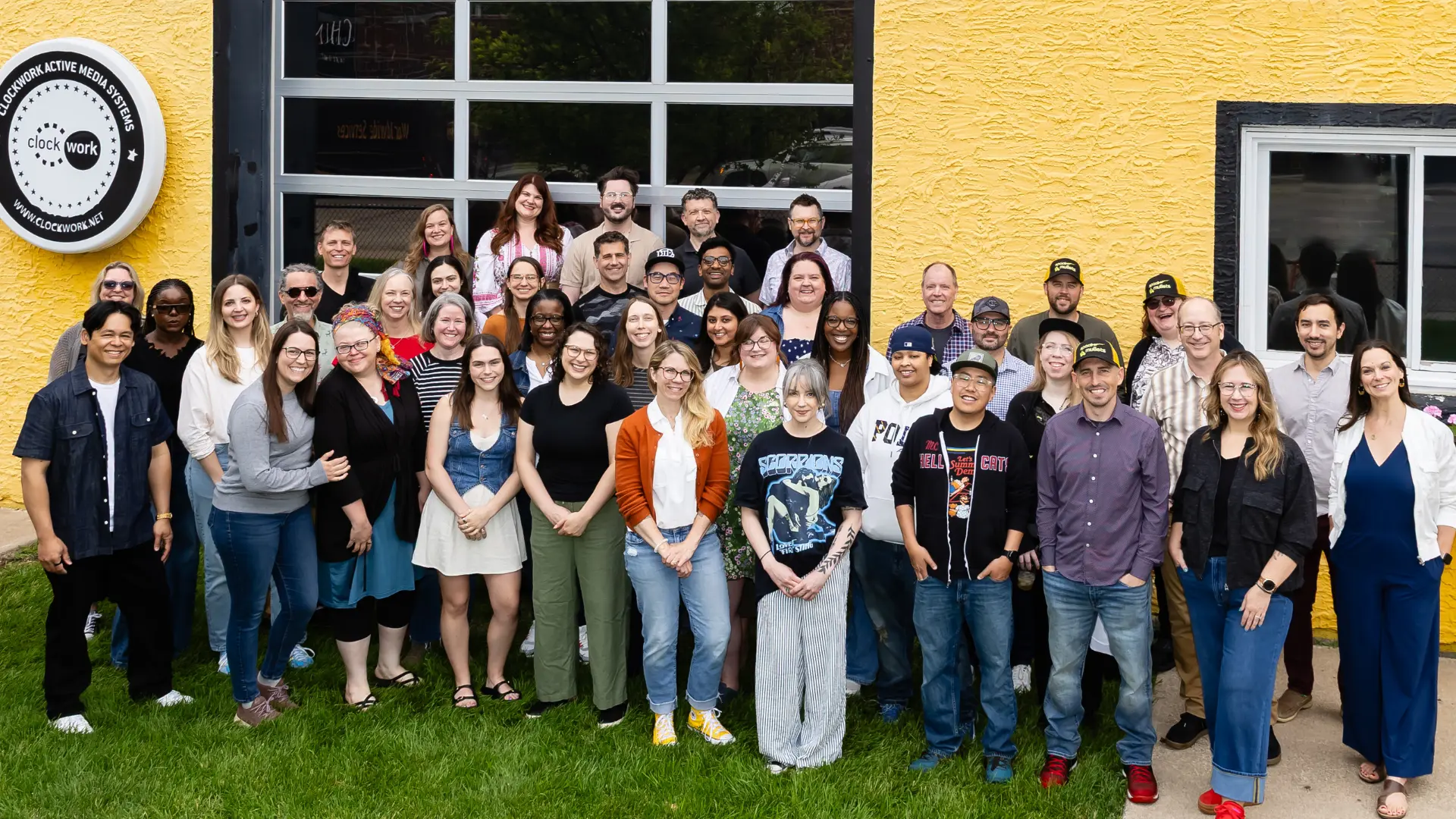“What problem are we trying to solve?” As User Experience (UX) practitioners, we’re constantly asking this question of our team, our clients, and our work. UX design is pivotal in making decisions about the way product experiences come to life and in ensuring those products are serving the user needs. Successful products solve problems. That problem might be getting a user from unregistered to registered for an event. It might mean communicating a brand’s vision so customers can understand it. Whether we’re talking about an app, a website, or more nuanced digital experience, UX design stands guard against offering features for the sake of offering features.
Smart user experience design starts by identifying the problem and guiding all ideas to solve that problem. To stay on track, we must check in on this goal throughout a project because it’s easy for people to get sidetracked by all that’s possible rather than focusing on what is needed.
I thought a lot about this crucial role in shepherding user needs as I attended a World Usability Day event here in Minneapolis. (World Usability Day is a day when practitioners gather locally and share ideas and tactics on how to make technology easier and more user-friendly.) This year’s global theme was “UX Design, for good or evil?” and as I left the event, I wondered what we can do as practitioners and clients to keep our work focused on people and to solve problems for good, rather than evil.
The role of UX design has a lot of power
Several sessions mentioned that technologists, product owners, and digital leaders have a lot of power. I know, it might not always seem that way. But in reality, we are a relatively small group of people shaping all users’ experiences with digital products everywhere. And those digital products are part of nearly every aspect of users’ daily lives. A UX designer designs every experience that people have with phones, apps, ATM screens, email programs, computer interfaces, and more. How’s that for power? We touch every aspect of digital life in our now-digital era.
And with that power comes UX design responsibility
We have a responsibility to handle that power with care. Being responsible can look many ways. It’s considering the broad range of scenarios that are possible when people use the product you’re building. It’s easy to design for experiences where everything is going right, but what happens when it doesn’t? What happens when your loyal customers end up in their worst case scenario? Do they know how to backup or revert? Do they have the information and tools to course correct? A responsible approach is designing a worst-case-scenario experience that is just as considered as the business’ best case scenario. That’s a way to use your UX power for good.
Hiding helpful information from users, such as customer service contact numbers, is an example of a UX/product decision that is irresponsible. (If you’ve ever gone down a rabbit hole looking for a phone number, you might say this is a nearly evil decision). The business goal may be to reduce phone calls, but it’s not serving the people most important to the business — their customers — to hide this information. In this example, what problem is being solved? None, really, beyond perhaps the need to answer the phone. It would be better to spend time and money exploring what is making customers need to call and solve that problem.
Have you ever inadvertently clicked on a digital ad because you thought it was part of the content? This is another example of UX design powers gone wrong. Using design to trick the user does not serve their needs or help them, it actually decreases user satisfaction — both with the interface serving the ad and the brand that “tricked” them. A well-designed ad, that is clear it’s an ad, would be more helpful to the user and likely increase meaningful engagement.
Have you ever noticed what permissions your apps are asking for? Does a photo editing app need to assess your microphone or contact list? Businesses can learn a lot about your users with this data, but it’s not necessarily in users’ best interest to share that information. Bad UX design defaults to collecting unnecessary information, good UX requires users to turn on sharing. This gives users the opportunity to consent, and ultimately feel better about the business asking for the data.
Our responsibility grows with emerging technologies
Emerging technologies, such as augmented and virtual reality, are making our responsibility even more apparent. Because new technologies are still gaining traction, users are not accustomed to how the technology works or what impact they may have on them or their lives. For example, the novelty of augmented reality makes it easy to only think about the positive effects it may have.
It’s like the early days of digital all over again, but now we have a tool to do it right from the start: User Experience Design. It is up to us, practitioners and clients, to ensure that we move forward with these technologies in a way that truly serves our users.
When Pokemon Go was released, no one anticipated that non-players would be negatively impacted. But several people who lived in historic or converted buildings noticed their yards filling up with players. It turns out that the game marked their homes as “training gyms,” where players could meet to train their Pokemon. That may just seem annoying, but more serious examples exist as well. Players can collect Pokemon at any time, including while they drive, which resulted in serious car accidents.
These examples remind me of the importance of context and intentionally considering when and where users are interacting with the products we’re building. It also underscores that users aren’t the only group to consider, how might product design affect non-users?
At the Usability Day event, Hilary Dixon, from the Nerdery, challenged attendees to think of a mixed reality future and ask, “Just because we can do something, should we?” Imagine walking through a grocery store and your device tells you what each product is. It’s possible that this technology could label or price one product differently for me than it does for you. What are the good and evil implications of an experience like that?
Things that clients and practitioners can do to make UX design better
There are a few specific tactics we can use to ensure that our products are doing good. Molly Hillstrom, from OST, mentioned several tools we already have to help us do the right thing for our users.
Research
Research is a great way to set your product or service up for success. Human-centered design requires research to understand how that product or service fits into the user’s life. As a client, ask to join research activities and pay attention to the findings. Expanding our knowledge of the psychology of human behavior is helpful, as well. The more we understand what makes people tick, the more we can avoid unintended bad experiences.
Ask why
UXers and designers are pros as asking “why,” but clients should be involved in this, too. Ask your technology partner question about their decisions: Why did you add this feature? Why is that piece of information necessary?
Sara Wachter-Boettcher and Eric Meyer mention a great way to ensure this happens in an article titled “Compassionate UX.” They suggest project teams appoint someone as the “designated dissenter.” Task this person with pushing back on the team and asking “why” or “what happens when” as the group discusses product features or strategic decisions. This forces teams to think about those edge cases or potentially negative experiences.
Use business metrics to make your case
We need to serve the user while also fulfilling business goals. That’s why it’s important that we use businesses metrics to back up our recommendations. Things like repeat users and NPS score are valuable for every company. Additionally, the company’s mission statement or values should be supported by design or technology choices. As a client, challenge your technology partner to align with your business metrics.
When discussing these tactics at Clockwork, we pointed back to the value and relevance of our original question “What problem does this solve?” In constantly asking that of ourselves and those we work with, along with using the tactics above, we can avoid unethical choices. Understanding the users and what problems are being solved will help our clients, and their businesses, be more responsible and successful.




